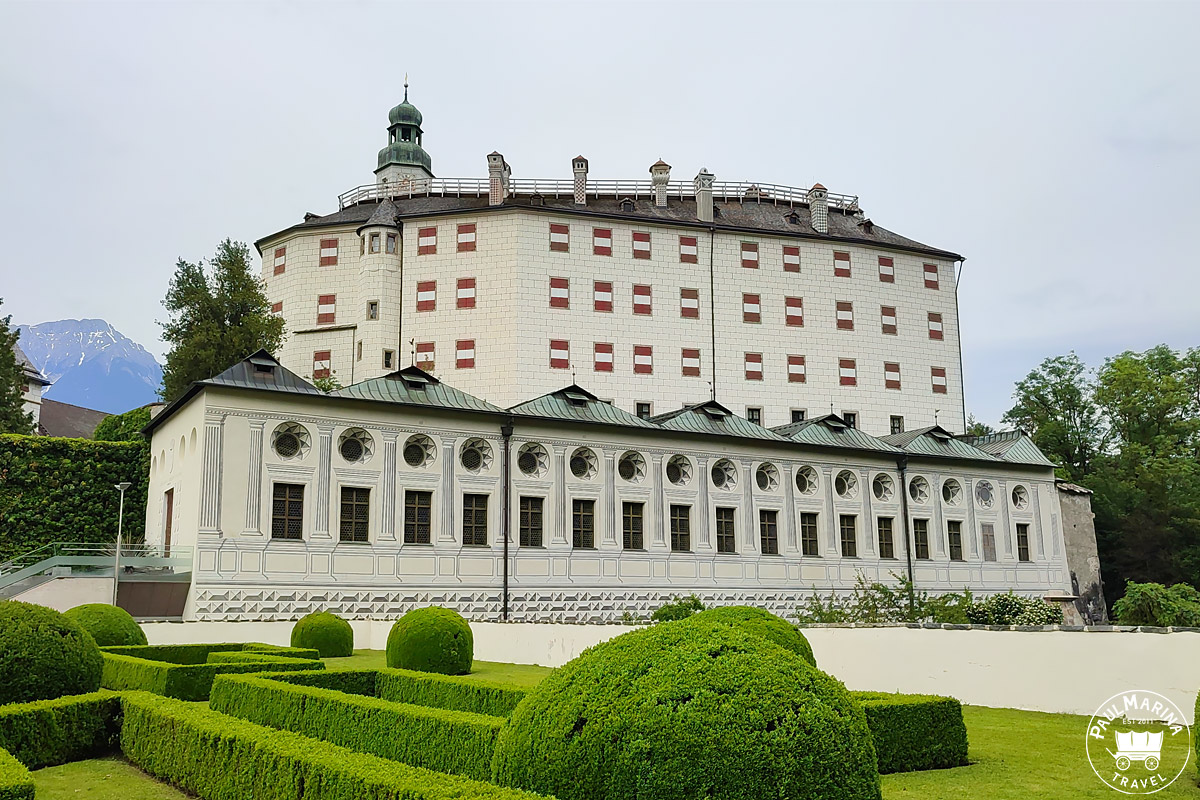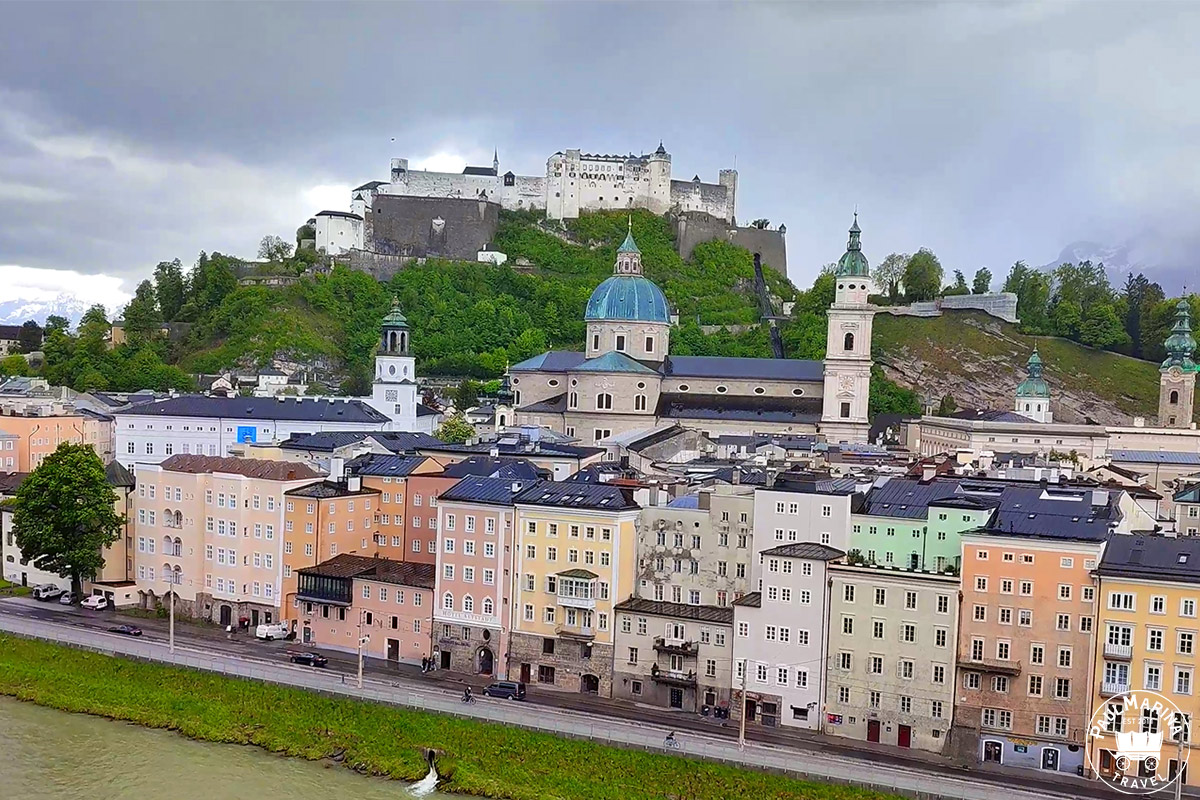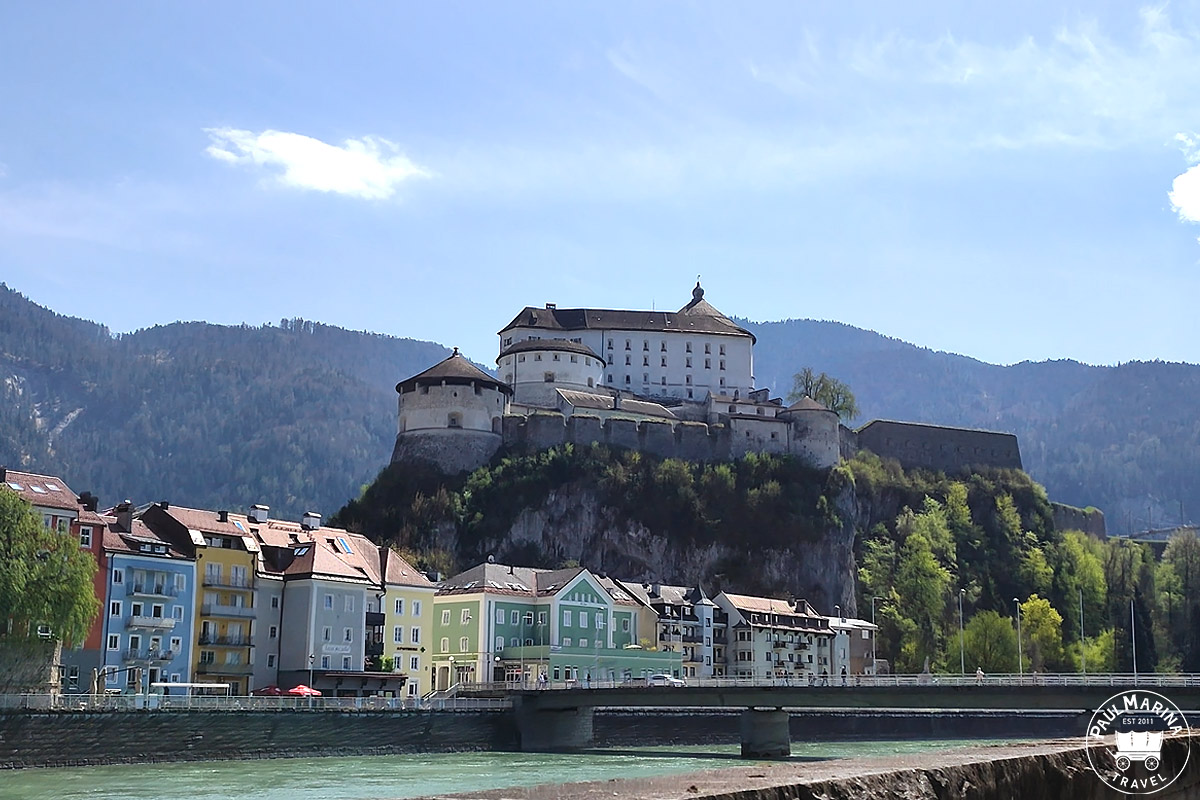You will find countless fortresses, castles, and palaces in Europe, Asia, America, Australia and Africa, but the definition of each can be very murky and confusing.
Learn the difference between a palace VS castle VS a fort so that you know what to expect on your next historical trip around the world.

🔵 What's a Palace?
A palace is a place of elegance where rulers of all kinds used to live and still do.
Royalty such as kings and emperors and even powerful religious men, such as bishops and popes, built and lived in lavish luxurious palaces, which served as official residences.

Furthermore, important businessmen owned smaller palaces.
These were NOT strongholds, and therefore you won't see fortified thick walls, turrets, drawbridges, and moats in a palace construction.
Most palaces around the world came to be way after the Medieval age and are, in fact, a response to the Zeitgeist of the Renaissance and Baroque period.

Some palaces were built from former castles and fortresses, such as the Esterhazy palace in Austria. Others were the palaces of important trades men, as the ones seen in Italy and Austria.
Powerful rulers would build bigger and grander palaces to outshine and undermine other rules. It was a way to show opulence to the nobility.
| Main Purpose | Residence of rulers and a lavish space used as a royal court to host high-ranking guests. |
| Most famous palaces | The royal Palace of Versailles in France, the summer palace in Beijing, the forbidden city in Beijing, the Schönbrunn palace in Vienna, Château de Chambord in France, Mysore palace in India, Doge's Palace in Venice, and Buckingham Palace in London. |
| Our secret favorites | Linderhof palace in Germany counts as one of our favorites because of the theme and location. The Samode Palace in Rajasthan, India as it is a unique a beautifully maintained palace, and you can even book a night in the samode palace. |
| Religious Leader Built Palace Examples | Bamberg bishop's palace in Germany, Avignon pope palace (Palais des Papes). |


🟢 What's a Castle?
Castles served as a place for noblemen to reside, and they were fortified with thick walls and battlements.
A castle is a cross between a palace and a fort, as it contains defensive features.
These structures were strategically built because ruling families came to rule as their purpose was to defend an area or town.
In some areas in Europe, you will find countless small ruined and still intact castles a few kilometers away from each other.

This is because small-town states were the norm before they were united into regions that we now know.
For example, the micro country of San Marino in Italy with its 9 castles or the other tiny country of Liechtenstein with its 5 castles and fortress ruins.
We associate castles with the Middle Ages as these are the ones still standing, but castles have been built for thousand's of years by the Greek and various ancient Indian and Middle Eastern rulers.
| Main Purpose | Fortified residence of rulers. A castle is like a cross between a fort and a palace, rulers and their entourage live in it, and it's a stronghold. |
| Most famous castles | Neuschwanstein castle in Germany, Osaka castle in Japan, Edinburgh Castle in Scotland, Prague Castle in the Czech Republic. |
| Our secret favorites | Ambras Castle in Innsbruck, is one of the most stunning castles in Austria, and it was one of the first museums in the world. The Riegersburg castle, situated in Styria, Austria, is not that well known, but it looks spectacular from afar. |



🟡 What's a Fort?
A fort is a structure used as a defense stronghold against enemies.
Rulers generally don't live in a fort or fortress, it's purely a strategic battle defense structure built on a raised mound or rock formation.
These were typically stone keep, but wooden strongholds did exist and definitely didn't make it through the centuries.

Yet, forts were often transformed into castles over the years, when sovereigns owned the lands (so that nobody else get to take it away from them).
And every so often, these castles would be abandoned by their rulers (because for example, they would acquire neighboring lands), and these castles would return into a state of a fort.
Therefore, you will see castles being called forts in places such as Austria and Germany.
In northern India, a few forts were extended with a separate palace structure.
| Main Purpose | A stronghold used as a battle fortification. |
| Most famous forts | Red Fort in India, Hohensalzburg Fortress, Hohenwerfen Fortress in Austria, Chittorgarh Fort in India, Citadel of Aleppo in Syria, Mehrangarh Fort in Jodhpur, in India. |
| Our secret favorites | The Amer Fort (with adjoining Amber palace) near Jaipur in India is a stunning display of Rajasthani architecture. Rock of Gibraltar because of the views and still strategically relevant position in 2025. |



💭 FAQs
Why are palaces, castles, and fortresses confused?
Modern news channels mix up the terms and a lack of research from writers bundling these together adds to the confusion. Some of these terms get even more mixed up when you translate them between languages. For example, in German there are 4 terms, a Palast (palace), a Schloss (castle), a Festung (fort) and a Burg. The Burg is often translated as a castle into English, but occasionally, it's a fort (i.e., Salzburg fort in Austria) and other times it's a castle (i.e., Riegersburg in Austria). In India, some forts in Rajasthan were extended with a separate palace structure. Furthermore, it was common to extend forts into castles, and sometimes castles would become forts once again. While palaces tend to have a clear-cut definition, castles and forts are frequently confused and used interchangeably.
Which world-famous monuments and buildings are frequently confused as a palace, castle, or fortress?
People think the Taj Mahal in India is a palace, but it's a tomb for a Mughal empress. Furthermore, I have seen people refer to the Mont-Saint-Michel island in France as a castle, but it's a commune beneath a Monastery.







Comments
No Comments